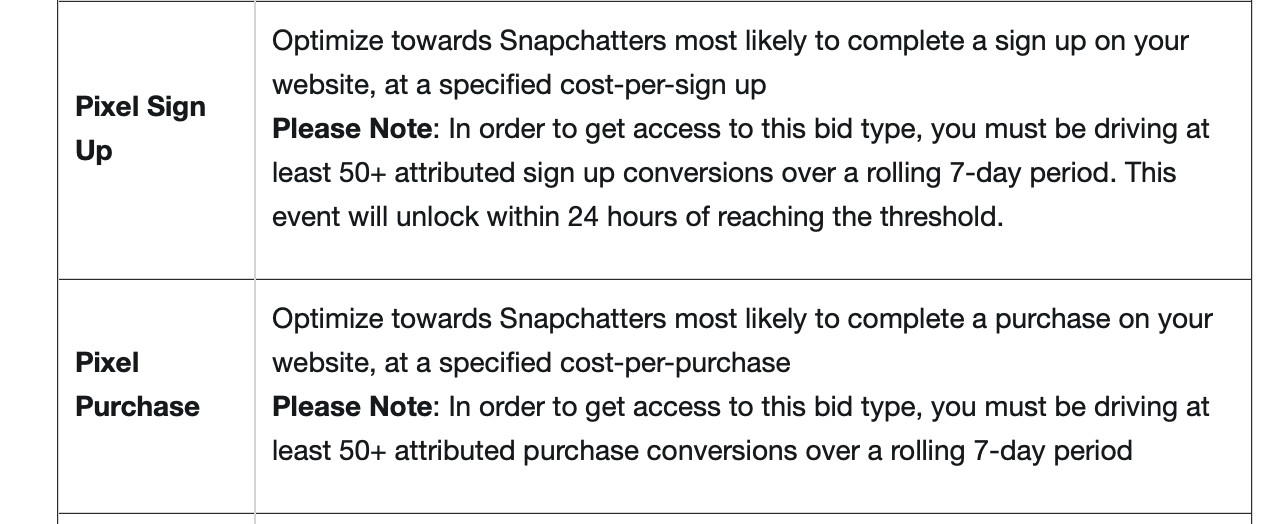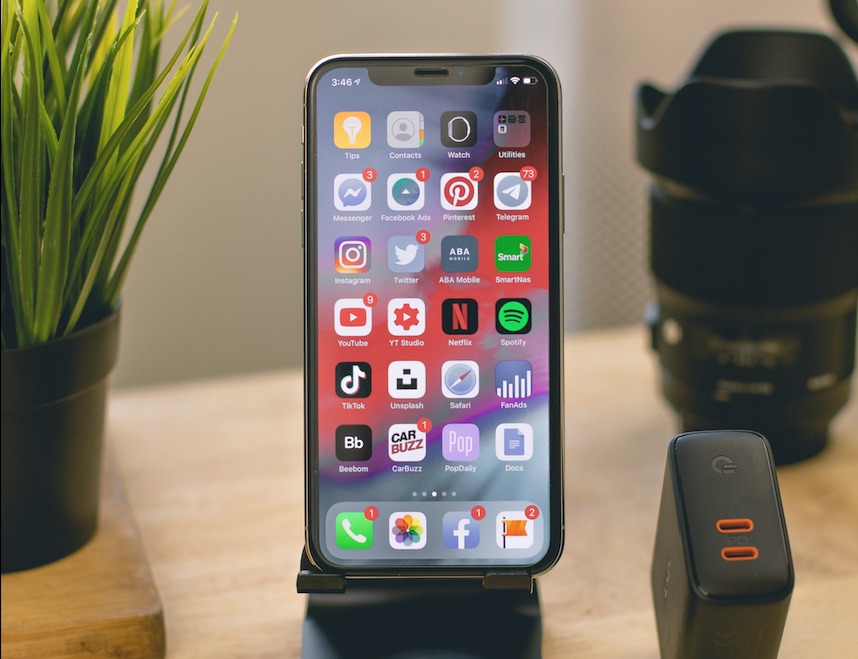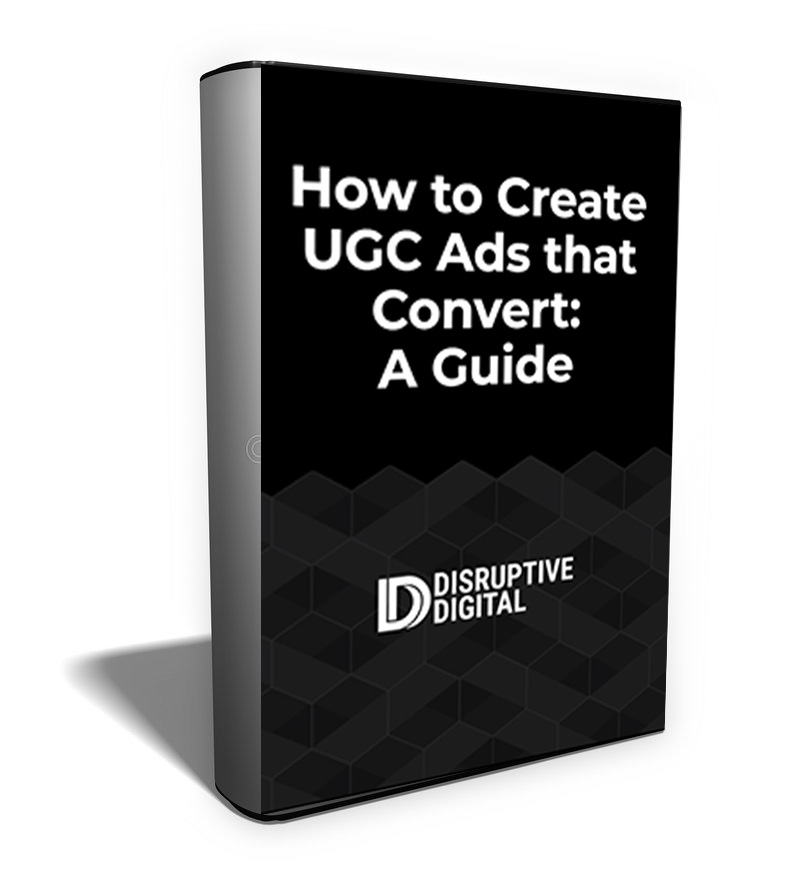I may be in the minority, but I think most advertisers who want to diversify away from Facebook Ads are distracting themselves and wasting their time.
Yes, other platforms can work. There’s no denying this. But when you diversify from a tried-and-true system and split or increase your ad budget into a new platform because you think it can help grow your business, it can actually hinder your growth and profitability.
This mostly comes down to opportunity cost.
If you want to diversify, you need to actually invest a proper amount of time, money and resources to see success. Most advertisers just want to check the box to try and diversify because of Facebook’s platform instability, which does fluctuate with new algorithms and changes in the market. Some also want to avoid relying entirely on one platform.
Diversifying for the sake of it or doing so out of fear typically isn’t the right choice. That being said, there is a time and place when media diversification through different advertising channels is a good choice. In this post, we’ll discuss when you should and shouldn’t be investing into new advertising channels and why doing so “just because” can be overrated.
When You Shouldn’t Go All in on Media Diversification: “Just Because”
Despite rising CPM’s, people are still heavily investing in Facebook ads because they are the most effective at driving sales for most businesses.
Over 70% of all paid ad dollars go to either Google or Facebook, and roughly 83% of all social dollars go to Facebook.
Because of this duopoly, channels like Snapchat and TikTok are looked at as a diversification savior. Unfortunately, these channels face many hurdles by advertisers to get right if not approached with proper attention and dollars.
New platforms can be complicated & a lot of work. They require new ad creative, need to be bought separately, and the measurement might be different. With more channels in your media mix, it also becomes more difficult to attribute which channel primarily drove a sale and which is taking more credit than it deserves.
The opportunity cost just might not be worth it, in the sense that if you can’t get better results on another platform, you could be ultimately losing revenue even if you’re still seeing success overall on other platforms.
So here’s the question: Would your time and money drive greater incremental value investing more there vs. in a new channel?
For most advertisers the answer is probably no.
What About All the Success Stories on Other Platforms?
We’ve all seen the stories where brands or advertisers are boasting about the revenue they’re driving from Snapchat and how it’s beating Facebook, or that they’re seeing such promising early success on TikTok.
While I’m definitely not saying that there isn’t room for advertisers to do well on these platforms, we need to ask for context when someone talks about how great the results they’re getting are on these other channels.
For example: How much are you spending on Snap vs Facebook? If you’re seeing such great efficiency, why aren’t you spending more? How does attribution compare to what you’re seeing on Facebook, and how accurately are you able to track this?
Before you jump into a new platform, the opportunity cost needs to make sense.
A Case Study: TechStyle’s Paid Social Marketing Mix
Let’s look at an example.
The graphic below showcases TechStyle’s (fabletics, savagexfenty, justfab, shoedazzle, fabkids) paid-social marketing mix over the last three years. In 3 years, they reduced their reliance on Facebook from 94.1% of total social budgets to 90.3%.

Slightly ironically, the title of this webinar about how TechStyle moved less than 4 percentage points away from Facebook was called “Diversify Your Social Advertising: You Can’t Afford Not to Take a Multiplatform Approach.” Even while diversifying, they were still funneling over 90% of their ad spend exclusively into Facebook.
Based on TechStyle’s public marketing budget and some back-of-the-envelope math, they spent about $87.25M on digital in 2017:
– $66.25M on Facebook
– $1.83M on Snap
– $2.25M on Pinterest
– $17.5M on non-Social
On average, that would mean TechStyle was spending about $1.1M per month per brand on Facebook. At those levels of investment, you might be hitting a point of audience saturation and inefficient CPM’s.
It naturally makes sense to look elsewhere to drive incremental sales. Your next dollar would drive greater incremental value investing in a new channel vs investing in Facebook.
When Doesn’t Media Diversification Through Ad Platforms Make Sense?
In the case of TechStyle, diversification makes a lot of sense but for other advertisers, that might not be the case. Why is that?
There are three core reasons.
The first is that you need to have advertising budgets allocated to other platforms that are significant enough that it’s worth the time to test and find real results.
Spending a $1000 ad coupon isn’t going to prove anything. You need to put a real meaningful budget against your efforts to try and make a new platform work for you.
In TechStyle’s case, while they only spent 3.2% on Pinterest ads, that translated to about $38K per month per brand initially on the platform. While small in comparison to Facebook, these budgets were still meaningful enough to try and develop a new sales channel.

For example, if it will take 50 conversions in 7 days to get Snapchat to start optimizing (which you can see in their guidelines above) and your typical CPA is $100, you shouldn’t be investing anything less than $5,000 a week initially, if not more, because the system will take additional time to learn!
The second is that you’ll need to go back to the drawing board for everything. This will include reassessing your entire multi-touch attribution to understand the channel’s impact on the consumer path to purchase, along with setting up lift tests to measure for incrementality and building new creatives.
Finally, you need to have the time and effort that goes into making a new platform work. This includes learning it’s best practices, targeting and optimization capabilities, and testing.
If you wanted to start using Snapchat, do you have the additional time and resources to:
– Make creative conducive to the platform?
– Manage additional campaigns in a new platform and analyze results?
– Have a way to reconcile the double counting that might occur between Facebook and Snap taking credit for the same purchase?
If you’re going to invest in a new channel, the goal shouldn’t be to just check the box, but to actually invest the time, money and resources into making it work.
So you can look at the three criteria. If you’re unable or unwilling to satisfy all three requirements above, it’s best to keep all your eggs in one metaphorical paid social basket for the time being.
When You Should Consider Testing Media Diversification
We aren’t against media diversification at all. Instead, we firmly believe that you should only take this approach when you have the tools, resources, budget, and time to tackle it head-on.
So what about the times when you should consider media diversification?
If you meet all of the three criteria above, that’s a great start.
And if you feel that you’re hitting your natural performance cap on Facebook, it might make sense to look for a new channel.
Do keep in mind, though, that scale is the name of the game on Facebook.
A great example of this is a client of ours who was investing less than $40K per month in Facebook ads and seeing strong performance on the platform. They originally came to us for non-Facebook media, but we explained there was still a lot of room to grow on Facebook and we’d realistically need to spend a similar amount on a new platform to see any sort of meaningful results.
We recommended continuing to invest more dollars into Facebook at that point in time and said we wouldn’t be the right partner if we couldn’t start there. We took them on and grew their business 5X on Facebook and still haven’t touched a new platform.
How to Approach Media Diversification
If you do feel that media diversification is still important but you don’t reach the criteria of meeting the opportunity cost required to diversify, one solution is to have an experimental budget. This number should be meaningful enough to actually drive results, but it shouldn’t be more than you’re willing to lose in testing.
Additionally, any experimental budgets should be ruthlessly prioritized.
While it may seem appealing to try diversifying into multiple channels all at once, it will most likely be more effective to really put your time and effort into one new channel and spend as many months as you need to prove it out.
If you feel after a sufficient amount of time that you’ve exhausted all options to make the channel work at your experimental budget level, it might make sense to shift to a new channel and try again.
On the flip side, if you feel as though those experimental dollars proved fruitful, you might decide to either keep your marketing budget there and carve out additional experimental dollars or shift dollars away from your primary channel.
Remember, too, that you can always wait until the opportunity cost for different platforms makes more sense based on developments in the technology. In the same way that Facebook’s auction became more sophisticated and the barrier to entry became lower, there’s nothing wrong with waiting until these platforms become more sophisticated as well and more “best practices” are well known.
You might not be willing to part with $5,000 per week to unlock Snap’s 50 conversion requirement, but, when the systems become more effective and that requirement disappears, your risk tolerance to test out the channel might be more palatable.
How This Works
We did this with one consumer client who also had a B2B division focused on driving leads. Their B2B efforts had primarily been on Facebook targeting small and medium businesses, but they had the appetite to target more enterprise clients.
We set up an experimental budget which was about 20% of what they were already spending on Facebook to create a budget for LinkedIn Ads.
After about 3 months, that experimental budget became always-on dollars with the ability to scale. This is because we were able to prove that even though our cost per leads were more expensive on LinkedIn compared to Facebook, the deal sizes were a lot larger and the investment was worth it.
We also ended up shifting some dollars from Facebook into LinkedIn based on the types of clients that were coming in.
Final Thoughts
Discipline is important when building out a media strategy. It’s important to know when and why you should say know instead of automatically saying yes to every platform just because it’s there.
While being first to a new channel or diversifying your media mix might sound great on paper, there’s nothing wrong with waiting for the opportunity cost to be a net positive for your business. When you consider that every ad dollar you spend can earn you new clients, it’s easier to understand why throwing away part of your budget just to run a test isn’t all it’s cracked up to me.
Wondering about your business’s specific opportunity cost on and off Facebook? We can help you drive meaningful results at scale on all paid social channels. Get in touch with us to learn more here.






